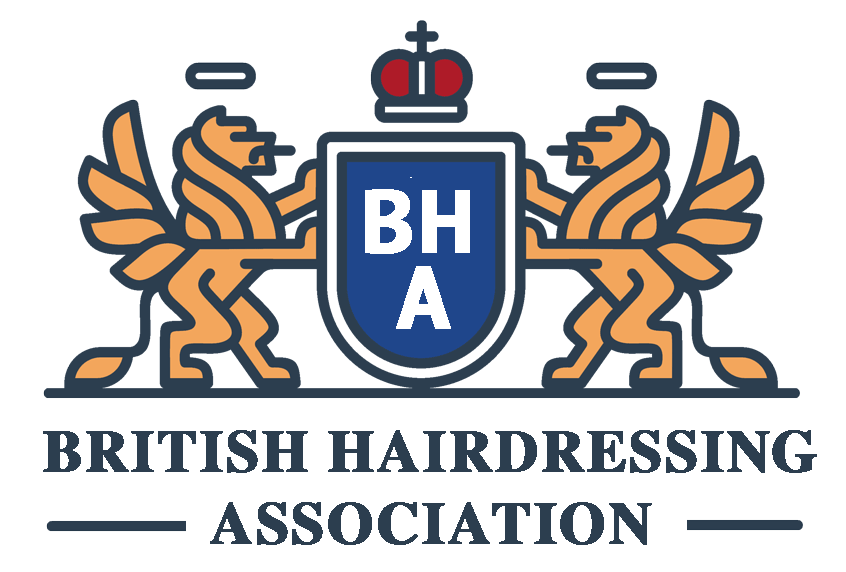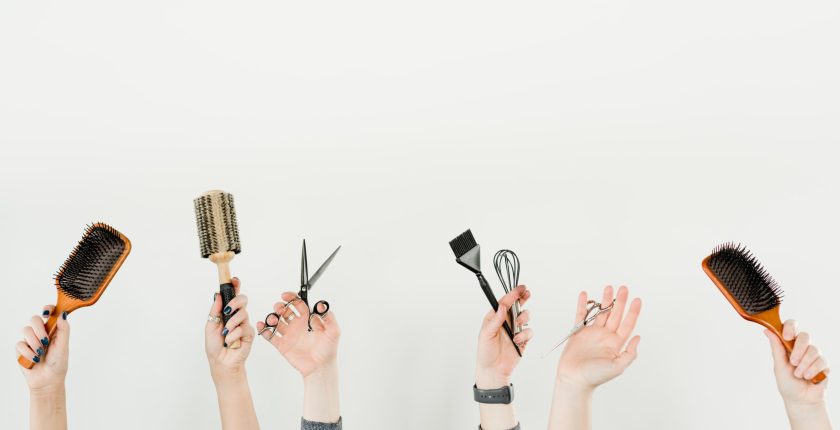Understanding Hair Types and Textures: Essential Knowledge for Stylists
Understanding Hair Types and Textures: Essential Knowledge for Stylists
As a professional stylist, understanding the intricacies of hair types and textures is essential for delivering personalized and effective hair care services. This comprehensive guide delves into the different hair types and textures, equipping you with the knowledge to enhance your skills and meet your clients’ expectations.
What are Hair Types?
Hair types are generally categorized based on the curl pattern of the hair shaft. The primary classification of hair types is:
- Type 1: Straight
- Type 2: Wavy
- Type 3: Curly
- Type 4: Coily
These broad categories are further subdivided into more precise types, such as 2A, 2B, 2C, and so forth, up to 4C. Understanding these distinctions ensures a more accurate assessment of hair characteristics and care requirements.
Exploring the Different Hair Types
Type 1: Straight Hair
Straight hair is known for its sleekness and natural shine due to the lack of curls or waves that can create friction. However, straight hair can vary in volume and thickness, influencing how it should be treated and styled.
- 1A: Fine, very straight, can be difficult to style due to its slipperiness.
- 1B: Medium texture with more volume, holds styling better than 1A.
- 1C: Coarse and thick, offers a natural, voluminous appearance.
Type 2: Wavy Hair
Wavy hair forms a gentle wave, ranging from loose, subtle curves to more defined ‘S’ shapes. This type can often be prone to frizz.
- 2A: Fine and thin, with a slight wave; easy to straighten or curl.
- 2B: Medium thickness with more defined waves; prone to frizz.
- 2C: Coarse, thick waves; often accompanied by curls and frizz.
Type 3: Curly Hair
Curly hair has a definitive curl pattern, creating a natural volumized look. It requires specific care to maintain its health and structure.
- 3A: Loose, look like spiral curls; distinct, defined curls.
- 3B: Medium, tighter curls; voluminous with a fine texture.
- 3C: Tight corkscrew curls, dense in structure, prone to shrinkage.
Type 4: Coily Hair
Coily or kinky hair is characterized by tightly wound curls or zig-zag patterns. The texture can vary from soft to coarse and is very fragile.
- 4A: Soft coil pattern, dense and easy to define.
- 4B: Z-shaped curls, less defined; requires more moisture.
- 4C: Extremely tight curls, the most fragile hair type, prone to shrinkage.
Understanding Hair Texture
Hair texture refers to the thickness or diameter of the hair shaft and is categorized as:
- Fine: Thin and delicate, requires gentle handling to prevent damage.
- Medium: Offers volume and bounce.
- Coarse: Thick and robust, often appears fuller and requires more moisture.
Tips for Styling and Caring for Different Hair Types
Straight Hair Tips
- Use lightweight, volumizing products.
- Avoid heavy oils that can weigh down hair.
Wavy Hair Tips
- Enhance waves with light mousse or gel.
- Use anti-frizz serum for more defined waves.
Curly Hair Tips
- Opt for moisturizing shampoos and conditioners.
- Use leave-in conditioners or curl creams to define curls.
Coily Hair Tips
- Utilize deep conditioning treatments to maintain moisture.
- Be gentle when detangling to reduce breakage.
Conclusion
By familiarizing yourself with the various hair types and textures, you can craft bespoke care regimens that address the unique needs of each client. This not only enhances the effectiveness of your styling but also helps foster client satisfaction, ensuring your services are sought after.
Armed with this essential knowledge, you are better prepared to transform any hair challenge into a celebrated style moment, solidifying your reputation as a knowledgeable and versatile stylist.


